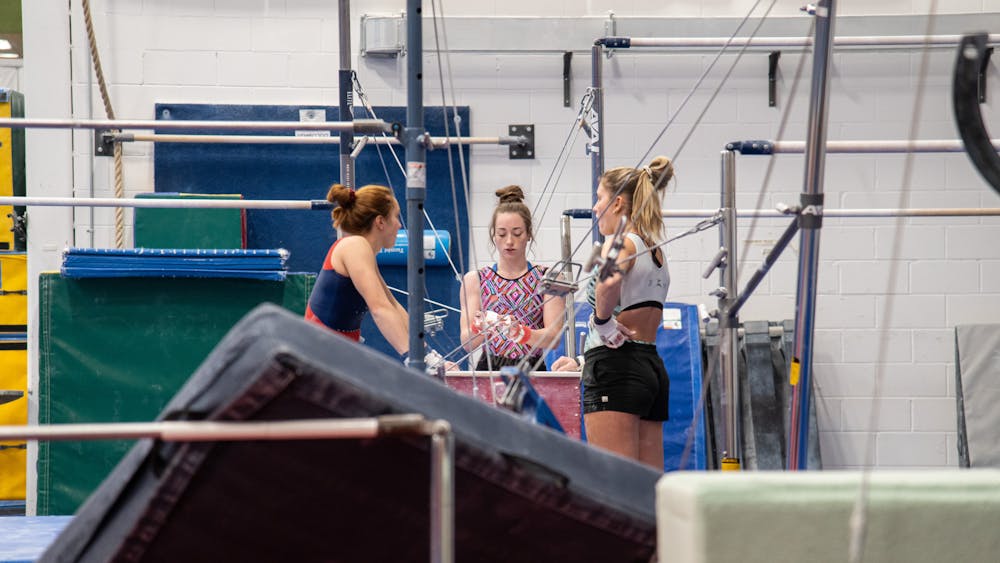Fashion students tour body scanner
A group of fashion majors were given a tour of the body scanner that is housed in the Engineering and Technology Building on Wednesday night.
The body scanner is a large, grey paneled box with the word "scanner" printed over its doorway, located in the far back of the solid mechanics laboratory. The machine cost about $30,000 and is used by students, faculty and people outside of the university to conduct research.
Livonia freshman Analiese Zaleski said she had never seen the machine.
“I heard about it when I was on a campus tour here,” Zaleski said. “I don’t know of any other schools with this body scanner, but I know Central has really cool technology here so that’s one of the reasons I came here.”
Fenton sophomore Alexis Kelly stepped foot into the box on top of a wooden platform, and once the door enclosed her in, it took less than 10 seconds for low-light lasers to capture more than 300,000 data points of her body. These data points were then translated digitally to a computer, where it recorded her exact body measurements.
This device is known as a body scanner.
Pontiac sophomore Rachael Thomas thought it was an interesting device because of the way it was able to capture so many details and dimensions.
“Even though I’m a fashion and merchandising major, I’m considering doing the dual concentration for design,” said Thomas. “I would love to use the body scanner for future research.”
Research lab coordinator Susanne Wrobleski facilitated an informational tour for students about how the body scanner works, what it is used for and let students try it out.
Wrobleski said although it is open to students, more than 50 percent of the people who use it are external customers.
“People pay (the university) to research their merchandise and sometimes faculty use it for their own research projects,” Wrobleski said.
One of the projects the scanner was used for was to help create a bullet proof vest that fits women. Another project involved trying to design a comfortable surgical gown.
Highland freshman Darcy Hansard said she had not realized CMU’s campus offered such technologically advanced devices.
“I don’t know if I’ll ever use it because I’m an interior design major, but for people who design clothes, I think it could be really useful to them,” Hansard said. “It’s especially beneficial since there’s use for it outside of CMU’s campus.”




